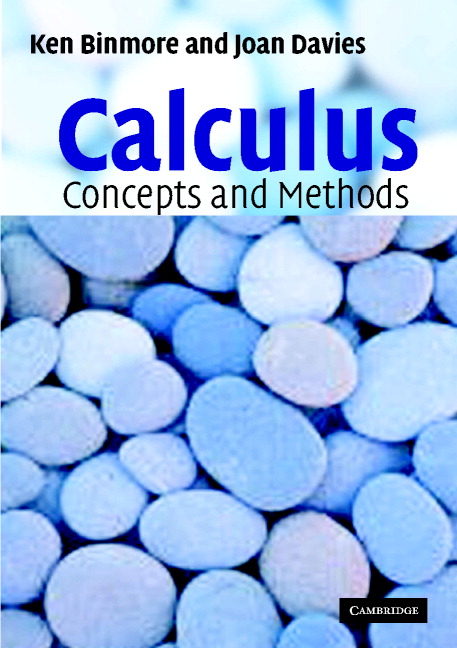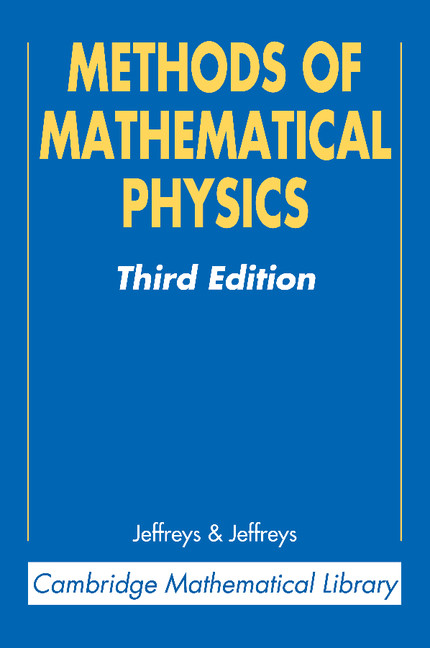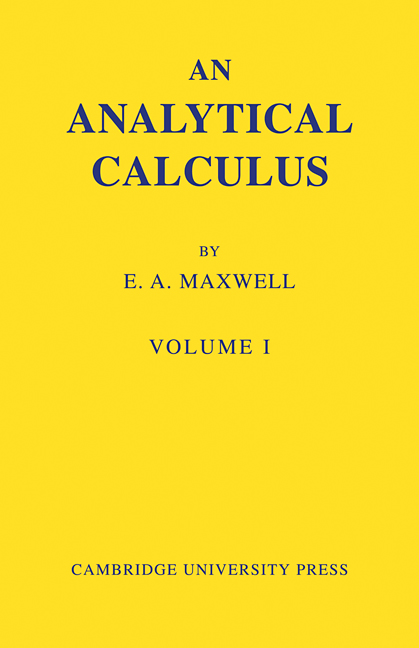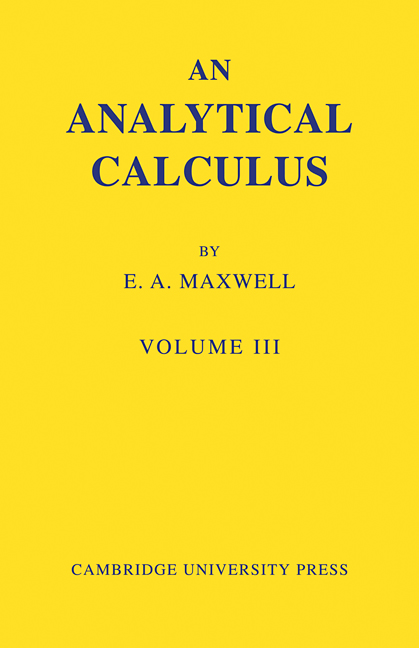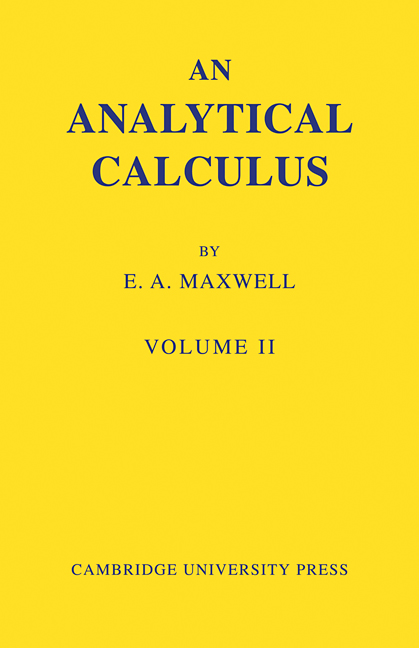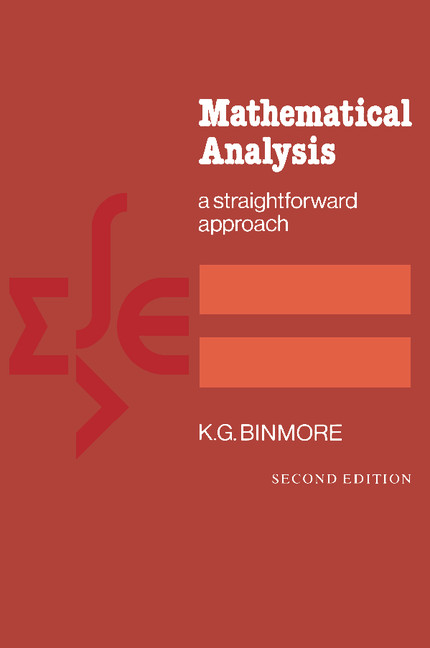Calculus: Concepts and Methods
The pebbles used in ancient abacuses gave their name to the calculus, which today is a fundamental tool in business, economics, engineering and the sciences. This introductory book takes readers gently from single to multivariate calculus and simple differential and difference equations. Unusually the book offers a wide range of applications in business and economics, as well as more conventional scientific examples. Ideas from univariate calculus and linear algebra are covered as needed, often from a new perspective. They are reinforced in the two-dimensional case, which is studied in detail before generalisation to higher dimensions. Although there are no theorems or formal proofs, this is a serious book in which conceptual issues are explained carefully using numerous geometric devices and a wealth of worked examples, diagrams and exercises. Mathematica has been used to generate many beautiful and accurate, full-colour illustrations to help students visualise complex mathematical objects. This adds to the accessibility of the text, which will appeal to a wide audience among students of mathematics, economics and science.
- Beautifully illustrated throughout, using Mathematica
- Numerous examples from business and science
- Solutions available in book or via the web
- Successor to Binmore's popular Calculus
- Written to reflect current trends in pre-university mathematics teaching
- Fully class-tested
Reviews & endorsements
"This beautifully written book reminds me of the first time I fell in love with calculus. ...The text is clear and readable; and the book has a good balance among theory, exercises, and applications in economics and science. ...It is an excellent resource for any calculus teacher." Mathematics Teacher
Product details
July 2013Adobe eBook Reader
9781139632751
0 pages
0kg
649 b/w illus. 345 exercises
This ISBN is for an eBook version which is distributed on our behalf by a third party.
Table of Contents
- Preface
- Preliminaries
- 1. Matrices and vectors
- 2. Functions of one variable
- 3. Functions of several variables
- 4. Stationary points
- 5. Vector-valued functions
- 6. Optimization of scalar-valued functions
- 7. Inverse functions
- 8. Implicit functions
- 9. Differentials
- 10. Sums and integrals
- 11. Multiple integrals
- 12. Differential and difference equations of order one
- 13. Complex numbers
- 14. Higher order differential and difference equations.

